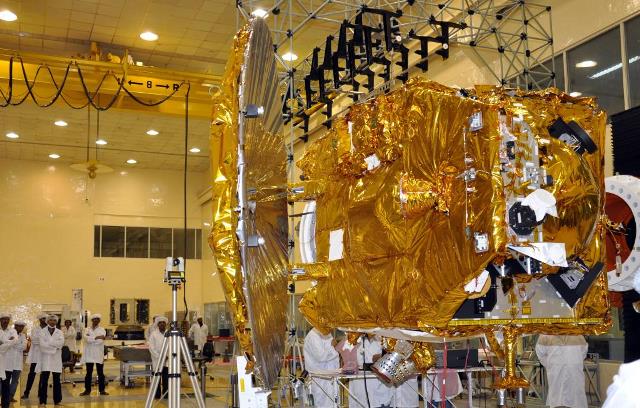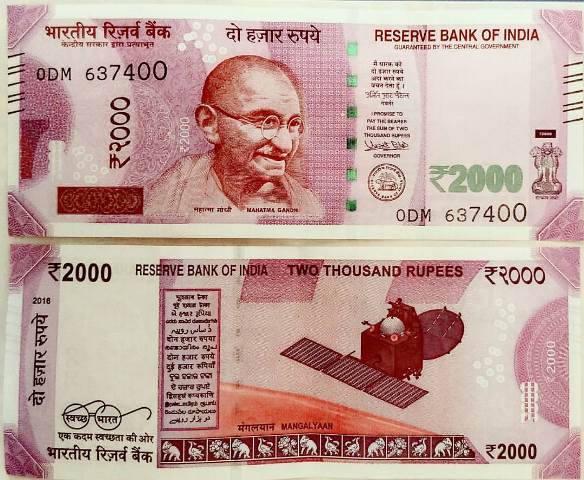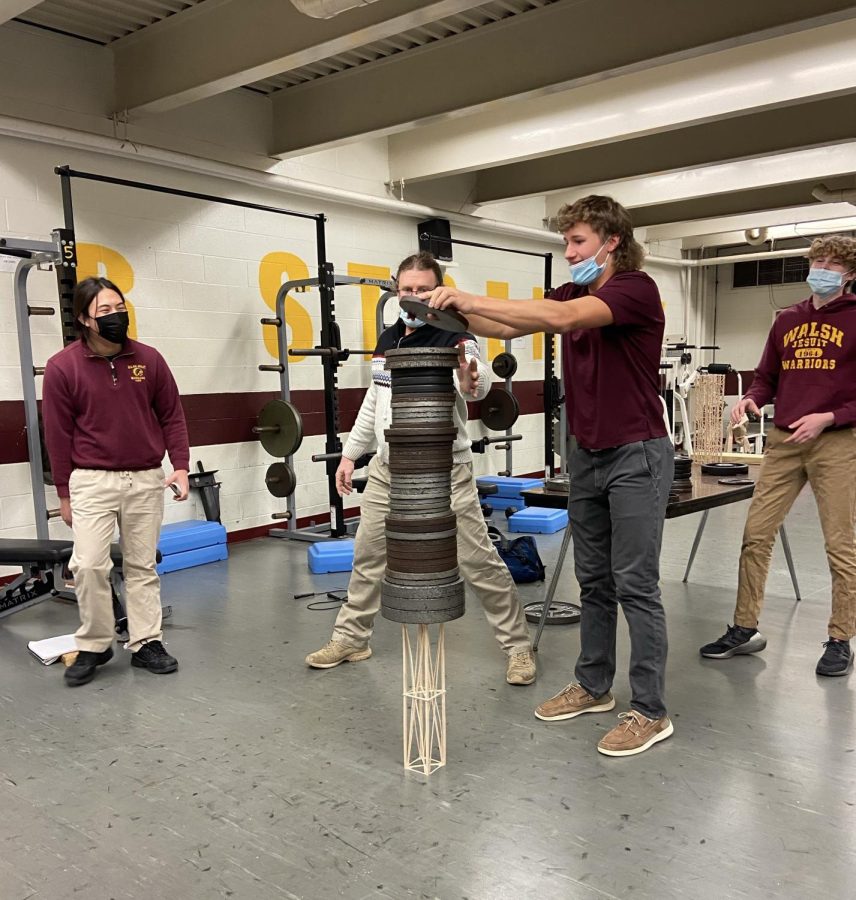India races into space
April 18, 2017
“Wait. India’s in the space race?” asked an incredulous Isabelle Horning,’17. Forget about America and Russia; India is climbing and on the verge of dominating the exploration of space.
The Indian Space Research Organization (ISRO) recently launched a record 104 satellites from a single rocket. That achievement obliterated the previous record of 37 satellites set by Russia in 2014 and cemented India as a leading contender in the space race. However, to some people this does not come as a shock. Mr. Eric Dimitrov, physics teacher, stated, “The reign of NASA is coming to a close. Smaller private companies are taking over the space race. Look at what Elon Musk (founder and CEO of Tesla and SpaceX) is doing.”

The ISRO works on the Mangalyann mission to Mars.
Back in 2008, India became the fourth country to plant its flag on the moon (joining the US, Russia and China), a feat that approximately half of Walsh Jesuit students believe only the United States has accomplished. This was a great achievement, but it was not until 2014 that the world began to take notice of India’s rapidly developing space program.
In late 2013, ISRO launched Mangalyaan into space for a mere $74 million. Only one year later, the organization had become Asia’s first successful Mars orbiter and earned itself a spot on India’s new 2,000 rupee note. In comparison, the movie “Gravity” cost Hollywood $100 million to produce.
Senior Isaiah Konn wondered, “How can spending so much on space exploration be a good financial investment? How does it help the economy?” That is where satellite launches come in. India needed accomplishments such as reaching the moon and launching a Mars orbiter to build prestige before they could enter the big business of launching satellites.

An image of the Mangalyaan now appears on the back of the Indian 2,000 rupee note.
Of the 104 satellites launched, only three were Indian satellites. The other 101 satellites were actually made by the US, Kazakhstan, Israel, Netherlands, Switzerland, and the United Arab Emirates. Those countries paid India to launch their satellites, netting ISRO hundreds of millions of dollars. And to top it off, India’s low labor costs mean they can put a satellite into space much more economically than other countries and actually turn a profit, according to Uday Bhaskar, Director at the Society for Policy Studies in New Delhi.
However, India has not achieved outright championship status yet. India still needs to figure out how to send heavier satellites into space. Bhaskar says, “We still don’t have a decent cryogenic engine for heavy launches.” Be that as it may, it is only a matter of time until they do. Meanwhile, a second lunar mission is planned for early 2018 as well as other proposed ventures to Venus, Mars, and even the sun.





















